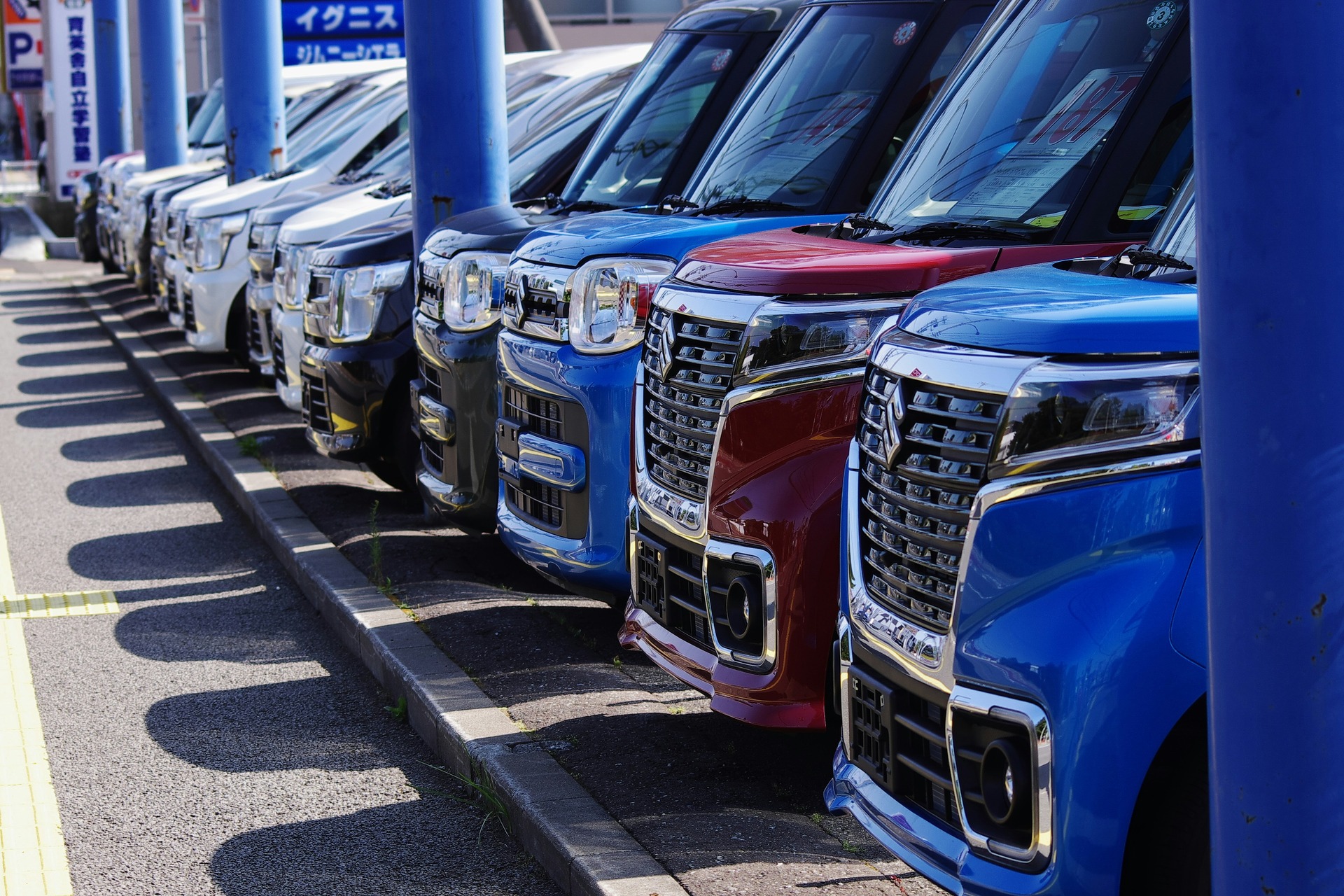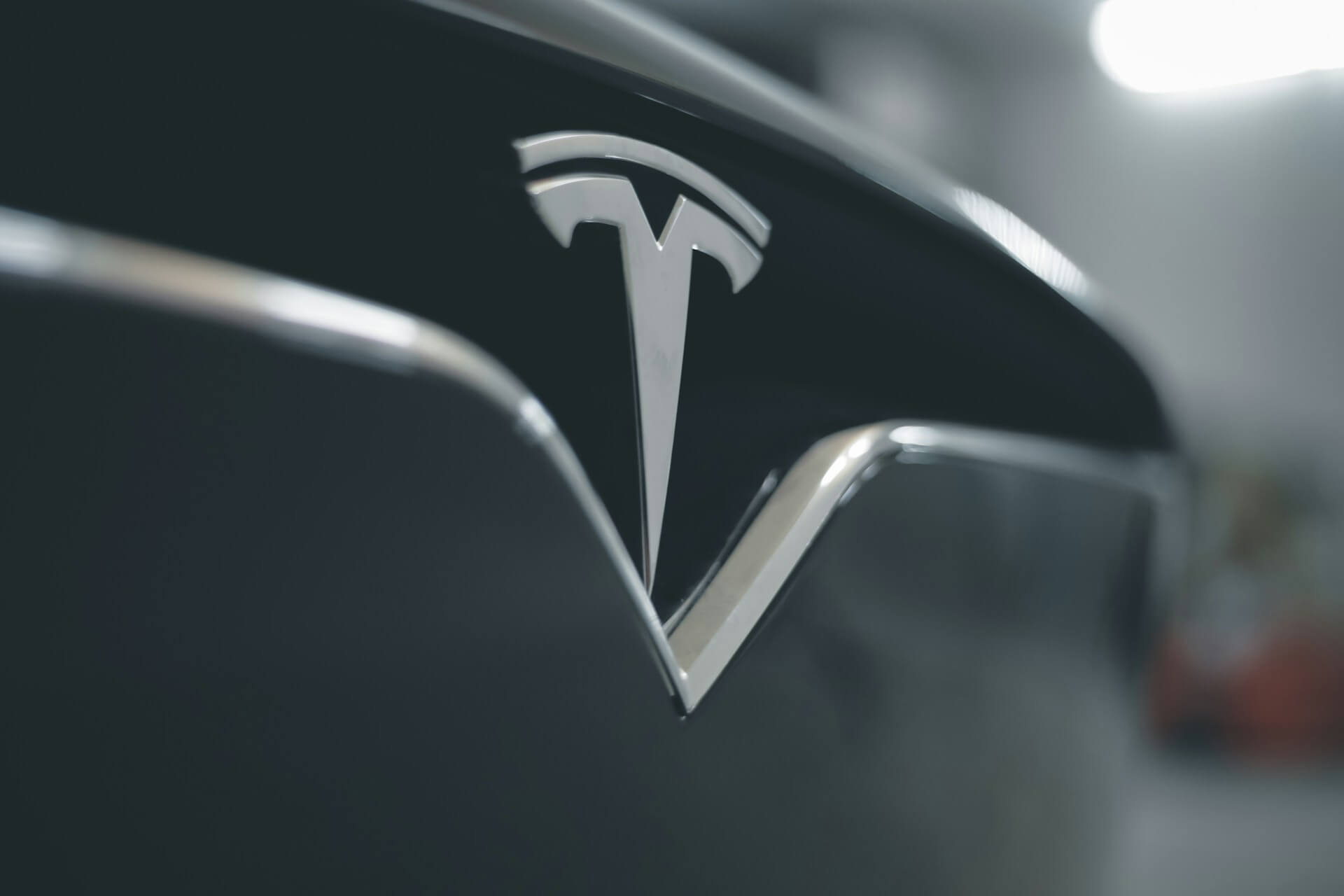
As an Amazon Associate, Modded gets commissions for purchases made through links in this post.
Imagine you’re driving home from work on a cold day and you hit a patch of black ice. Your vehicle starts to hydroplane, but then you suddenly regain traction and everything is back to normal. Thanks to your car’s stability control system, it was able to restabilize itself in just a few seconds and prevent an accident. This scenario begs the question — what is a stability control system?
What is a Stability Control System?
Stability control systems (SCS) are electronic computer-controlled driving aids that keep your vehicle moving along its intended trajectory. When your car is going straight, the SCS will keep it straight without requiring you to move the steering wheel. Similarly, when your car is turning, the SCS prevents it from oversteering and understeering and maintains a consistent orientation.
As SCS technology has evolved, it has taken on several different names. You might have also heard them called electronic stability controls (ESC), dynamic stability control (DSC) and vehicle stability control (VSC). Regardless of what you call it, these are the main components of a stability control system:
- Steering wheel angle sensor: this sensor keeps track of the precise position of the steering wheel at all times.
- Wheel speed sensor: this sensor tracks changes in the wheels’ spinning speeds.
- Lateral acceleration sensor: this sensor measures the G-force your vehicle produces when it turns.
- Brake pressure sensor: this sensor tracks how much pressure you put on the brakes when turning or stopping.
- Yaw rate sensor: this sensor measures the vehicle’s angular velocity and identifies when it starts to spin on the vertical axis, preventing roll-overs.
- Hydraulic modulator: the central component of electronic braking systems that connects the master cylinder and the wheel-brake cylinders
- Integrated electronic control unit (ECU): all of the above sensors are connected to the same ECU, allowing them to work together to keep your vehicle stable. The system takes hundreds of measurements per second

According to accident statistics from the Insurance Institute for Highway Safety, vehicles with electronic stability control systems have a 50% less chance of being in a fatal single-vehicle crash and a 20% less chance of getting into a multi-vehicle crash.
History and Development of Stability Control Systems
Before the development of stability control systems, drivers were 100% responsible for keeping their vehicles in a straight line. They constantly had to turn the steering wheel back and forth just to prevent the car from swerving off the road. This is why steering wheels used to be so comically large. Drivers needed more control over their vehicles, which required bulkier steering wheels.

The first efforts to improve vehicle stability were mechanical limited-slip differentials that distributed torque to the wheel with the most traction at any given moment. They did a good job of preventing tire spinning, but some auto manufacturers thought they could do better.
In the early 1990s, German auto parts supplier Bosch was the first company to start producing electronic stability control systems. Luxury automakers Mercedes-Benz and BMW quickly picked up on the new technology, adding the systems to their S-Class and 7-Series in 1995. Every big-name manufacturer has since adopted SCS in the last few decades.
Advantages and Disadvantages
A stability control system offers several key advantages to drivers. Its main purpose is to enhance stability and safety, but the various sensors also help you improve your fuel efficiency and prevent uneven wear and tear on your tires. These advantages will significantly increase your vehicle’s lifespan and reduce maintenance costs over time.
However, stability control systems are so effective at their jobs that they tend to overshadow bad driving habits. If you have bad braking or steering habits, the SCS can cover them up. You could unknowingly be putting too much stress on your brakes and steering wheel while your SCS does all the work. If the stress leads to serious damage, the SCS won’t work as effectively.

Additionally, stability control systems can interfere with high-performance driving. For example, race car drivers would not be able to perform sharp turns at high speeds if their vehicles had electronic stability control. The SCS would automatically kick in and make the turns more safely, sacrificing speed in the process. This is why NASCAR, Formula 1 and other prominent racing organizations don’t allow stability control systems in their vehicles.
Types of Stability Control Systems
Stability control systems have the same general components regardless of whether the car is a truck, sedan or SUV. However, there is one important difference for each individual vehicle — the steering angle calibration. The steering angle sensor must be properly calibrated to your specific vehicle to ensure the stability control system’s normal operation.
Here are some occasions when you might have to recalibrate your car’s steering angle:
- After a wheel alignment: it’s necessary to recalibrate the steering angle after wheel alignments to ensure the vehicle track is straight.
- After a collision: you might also have to recalibrate the steering angle after a collision to ensure the vehicle can drive straight.
- After replacing the steering angle sensor: if the steering angle sensor needs to be replaced, then the new sensor needs to be calibrated to the vehicle so it provides accurate data to the stability control system.
- After replacing steering components or suspension: if ball joints, tie rods or any other suspension or steering components get replaced, the steering angle sensor needs to be recalibrated to ensure proper wheel alignment.
Along with calibrating your car’s steering angle when necessary, you must also keep your tires inflated to allow your stability control system to work as intended. The system operates automatically, so you just need to stay on top of these two maintenance tasks to keep it working smoothly.
The Future of Stability Control Systems
Stability control systems are perfectly equipped for the next generation of vehicles. As EVs and autonomous vehicles become more common, electronic stability systems will seamlessly integrate themselves. They have been operating automatically for decades now, so manufacturers will have little issue adapting them to newer models.
With that being said, stability control systems could still use some improvements. The sensors within the system can be inaccurate and negatively impact the vehicle’s performance. There is a simple solution to this problem — provide the sensors with more valuable information. As electronic stability control software continues to advance, manufacturers will be able to provide more data and ensure more accurate system responses.
Thank Bosch for Stability Control Systems
All drivers around the world owe Bosch a huge “thank you” for making their vehicles safer with stability control systems. This technology has been revolutionary in preventing oversteering, understeering, roll-overs and fatal accidents. Next time your vehicle makes a tight turn or restabilizes after losing traction, remember that your stability control system made the turn possible.
Stay up to date with the latest by subscribing to Modded Minute.
Author
Jack Shaw is a senior writer at Modded. Jack is an avid enthusiast for keeping up with personal health and enjoying nature. He has over five years of experience writing in the men's lifestyle niche, and has written extensively on topics of fitness, exploring the outdoors and men's interests. His writings have been featured in SportsEd TV, Love Inc., and Offroad Xtreme among many more publications.





